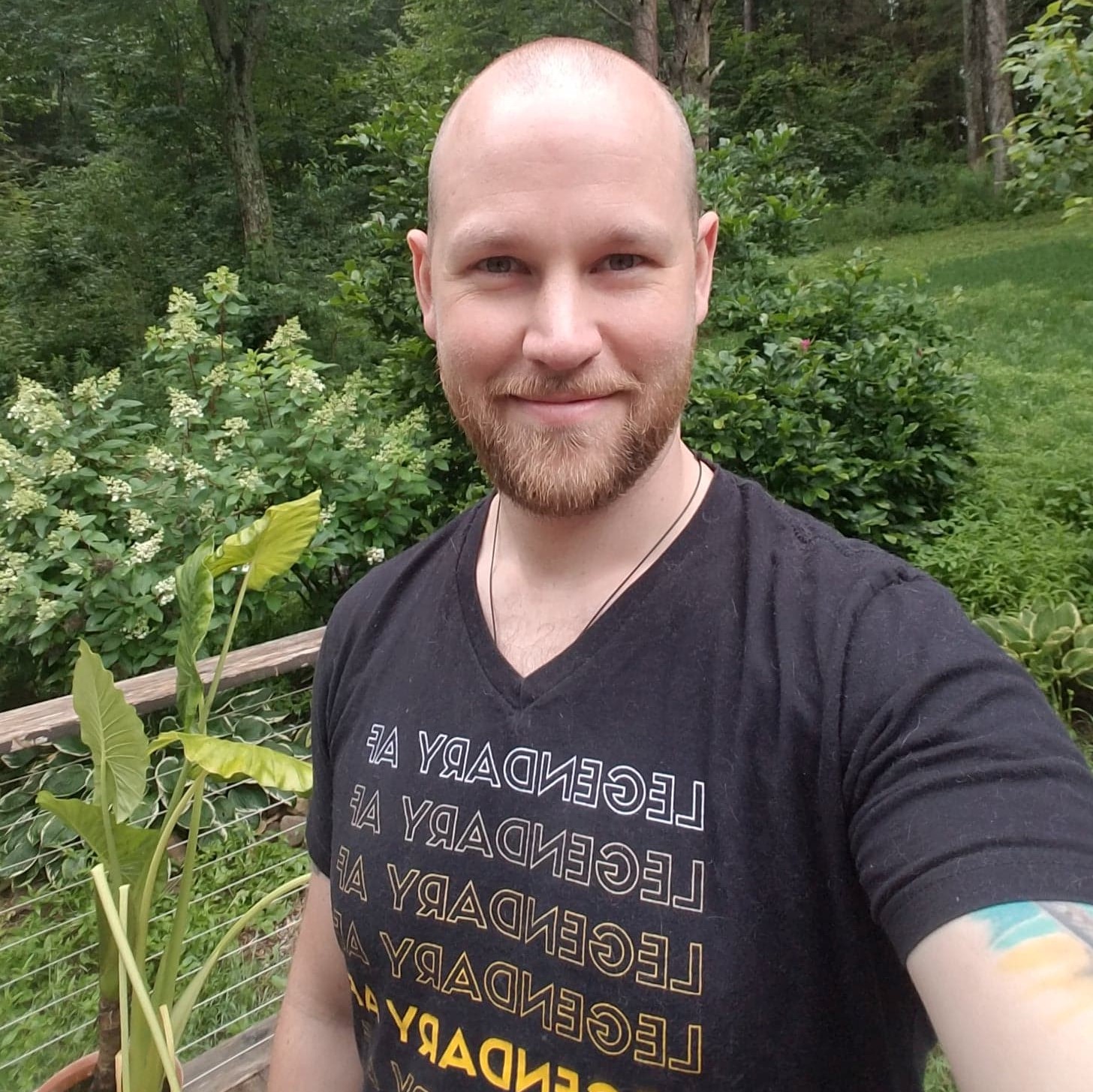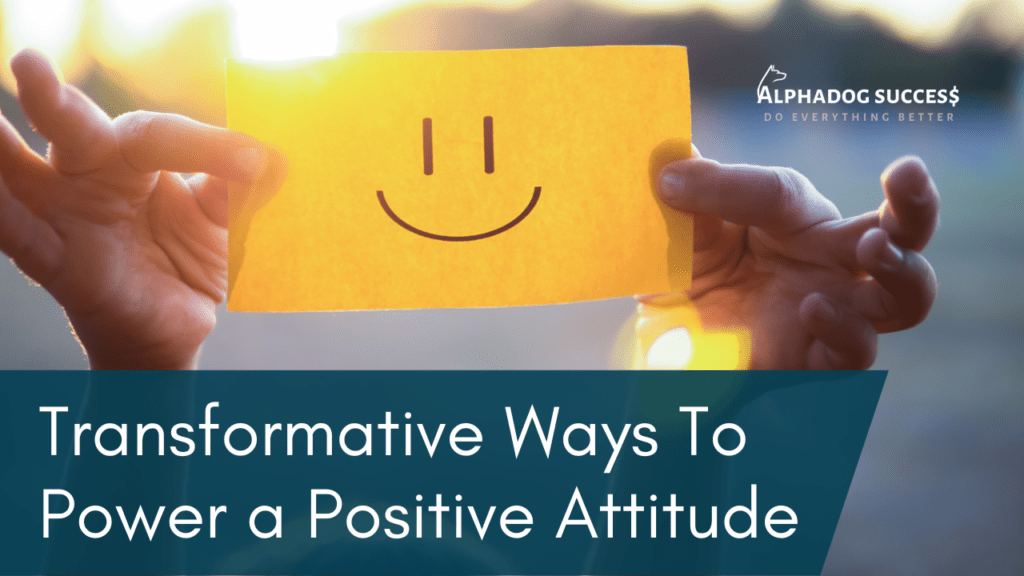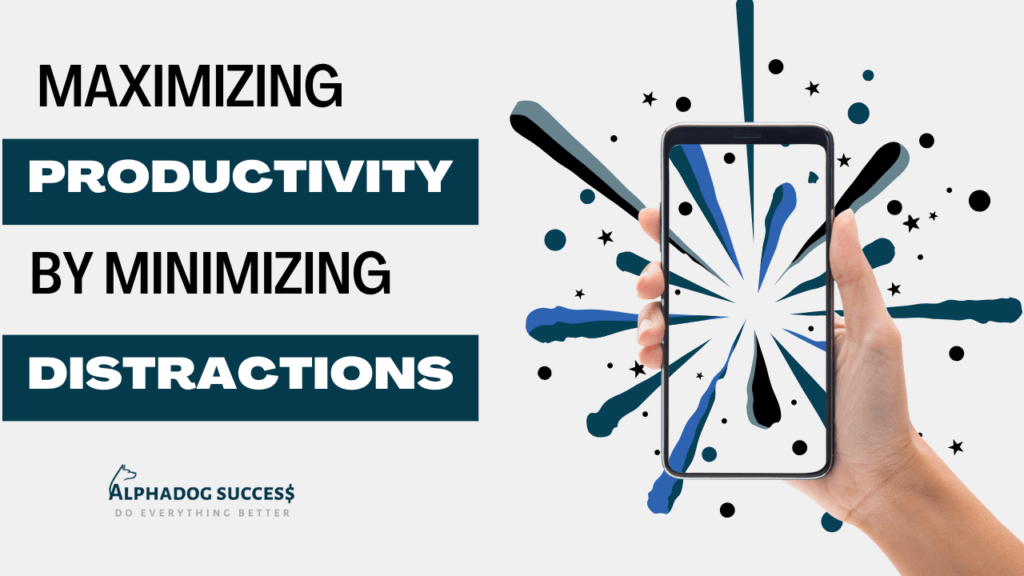As humans, we love simplicity. In fact, it’s in our programming. It just makes everything feel more safe and manageable. So, we categorize the world into neat little boxes—this or that, light or dark, true or untrue, good or bad. But here’s the thing: the world is rarely that simple. Life doesn’t fit neatly into either/or. Yet, we’ve become conditioned to see it that way, often falling victim to what’s called the false dilemma or false dichotomy.
This logical fallacy limits our thinking by presenting only two choices, as if they’re the only options. When in reality, there are an unlimited number of of other possibilities.
You’ve seen this before:
- “You’re either with us or against us.”
- “Are you a Democrat or a Republican?”
- “You’re either growing your business or you’re falling behind.”
- “You either support this law or you’re a criminal.”
- “In order to pay higher wages you must increase your prices.”
In these examples, the argument oversimplifies complex situations by forcing you to choose between two extremes, ignoring the fact that other possibilities exist. For instance, maybe you don’t have to pick a side, maybe there are other ways to fund higher wages without raising prices, or maybe… just maybe, life is more nuanced than “either/or.”
The Everyday Trap of Dichotomies
False dichotomies don’t just show up in political debates and news headlines. They’re part of how we navigate the world and show up in both our internal reasoning and the ways we interact with others.
Take this simple question: How many ways are there to get the number 5 in a math equation? Most people will default to the obvious: 2+3 or 4+1. But what about 10 – 5? Or 1 × 5? Or even √25?
The point is, there’s rarely just one way to solve a problem—or even just two. Life is full of infinite possibilities, yet we often limit ourselves because our thinking has been shaped to see the world in limited, binary terms.
For example:
- Are you an early bird or a night owl? (Maybe you’re most productive in the middle of the day after a slow start. Or you thrive on caffeine and chaos.)
- Are you an optimist or a pessimist? (What about a realist who leans one way or the other depending on the situation?)
- You’re either a success or a failure. (What if you learned something valuable along the way that’s worth more than either label?)
- You’re either pro-life or pro-choice. (There can be certain situations you agree with and others you disagree with.)
- Are you a cat person or a dog person? (What about the people that will pet anything as long as it doesn’t try to bite them?)
The truth is, life exists in the gray areas. It’s rarely just this or that. And when we recognize this, we open ourselves up to a world of possibilities.
False Dilemmas and Their Influence
False dilemmas are a way of limiting choice, often used intentionally in media or arguments to persuade or pressure people into supporting their stance. The majority of news headlines like “XYZ Happened – This Is What It Means” cater to those who prefer to have their thinking done for them. This is “effect thinking”—reacting to the world and letting others dictate the meaning.
On the other hand, “cause thinking” flips the script. It’s about creating your own meaning. Instead of seeing a headline or argument and thinking, “Well, I guess those are my only choices,” you pause and ask, “What other options might exist? What’s being left out?”
This shift is simple yet powerful, but it takes practice. Why? Because our brains love patterns and shortcuts. They crave simplicity. But simplicity often comes at the cost of creativity and truth.
The Danger of Staying in the Binary Box
When we allow ourselves to be limited by false dichotomies, we miss out on opportunities for growth, understanding, and innovation. Worse, we allow others to control the narrative.
Here’s an example: Imagine someone says, “You can either quit your job to pursue your passion or stay miserable forever.”
This argument creates a false sense of urgency and pressure. But if you pause and think critically, you might find alternatives:
- What if you could work part-time while exploring your passion?
- What if you could start your passion project as a side hustle?
- What if staying in your job isn’t “miserable” but simply needs a perspective shift or a new approach?
The problem with false dichotomies is that they blind us to the middle ground, the creative solutions, and the possibilities beyond A or B.
Divergent Thinking: Breaking Free from Binaries
The antidote to false dilemmas is divergent thinking—the ability to explore multiple solutions and perspectives. Divergent thinking asks, “How many ways can we approach this?” instead of, “Which of these two choices is better?”
Let’s try an exercise to flex this muscle:
- Think about a current challenge or decision you’re facing.
- Write down the two most obvious choices.
- Now, challenge yourself to find at least five alternative approaches. Don’t limit yourself—think outside the box, even if the ideas seem unconventional or “impossible” at first.
For example:
- Challenge: Should I invest in more paid ads or stick to organic growth for my business?
- Alternative 1: Use a hybrid strategy, with small-scale paid ads targeting warm leads.
- Alternative 2: Collaborate with influencers to amplify organic growth.
- Alternative 3: Focus on email marketing to maximize conversions from existing traffic.
- Alternative 4: Redesign your website to optimize for higher conversions without needing more traffic.
- Alternative 5: Run a customer referral program to encourage free word-of-mouth growth.
By forcing yourself to explore additional possibilities, you not only generate creative solutions but also regain control over the narrative.
The Freedom of Rejecting False Dichotomies
When you stop accepting either/or thinking, you realize just how much choice you truly have. False dilemmas want to box you in, but life is rarely that rigid.
Remember, the world is only 10% what happens to you and 90% how you react—or more accurately, the meaning you assign to it. That meaning is yours to create.
Don’t let others dictate your choices, your thinking, or your path. The moment you reject the binary mindset, you step into a world of infinite possibility.
So, next time someone says you have to choose between A or B, take a step back and ask yourself:
- What’s being left out here?
- What alternatives haven’t been mentioned?
- How can I define this on my own terms?
The world isn’t just light and dark. It’s full of color, nuance, and opportunity—if you’re willing to see it.

Throughout my life there have been fundamental beliefs, ideas and principles that have helped me achieve success in many respects. I’ve benefited from many different schools of thought and learned from mentors of all different backgrounds and philosophies. The way I live my life and the concepts I teach are a reflection of these different points of view.


